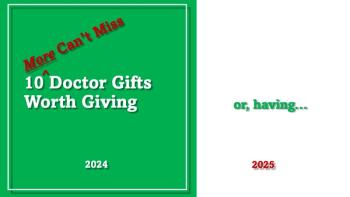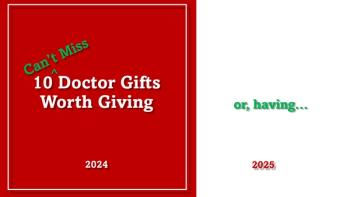
Unlocking Health Trends in 140 Characters
Twitter can potentially be used to monitor the public's health and its perceptions on various health-related issues.
This article published with permission from
Twitter offers the sublime and the ridiculous in 140 characters or less, but researchers at Johns Hopkins University suggest it also provides a window into public health trends. They say they have found a way to filter through the flood of messages to harness the website as a source of useful information about public health.
Mark Dredze, an assistant research professor of computer science, and Michael Paul, a doctoral student, began with 2 billion tweets posted between May 2009 and October 2010. They then used software to filter those down to 1.5 million messages that referred to health matters. They will present their finding July 18 in Barcelona, Spain, at the International Conference on Weblogs and Social Media.
“Our goal was to find out whether Twitter posts could be a useful source of public health information,” Dredze says. “We determined that indeed, they could. In some cases, we probably learned some things that even the tweeters’ doctors were not aware of, like which over-the-counter medicines the posters were using to treat their symptoms at home.”
By grouping health-related tweets, the researchers say they found patterns about allergies, flu cases, insomnia, cancer, obesity, depression, pain and other ailments. While they say some previous narrow studies looked at Twitter for such things as tracking flu, they believe no one has ever tried using it to look at a broad number of health issues at once.
Of course, filtering out health-related tweets took a bit of effort. One problem the researchers faced was that health-related words often appear in non-health related contexts, such as when a user complains about the high price of gas being a “headache” or a teenager comes down with a case of “Bieber Fever.”
To find the health-related posts the researchers, who are affiliated with the university’s Center for Language and Speech Processing, applied a filtering and categorization system they devised. With this tool, they say computers can be taught to disregard phrases that do not really relate to health, even though they contain a word commonly used in a health context.
In addition to finding a range of health ailments in Twitter posts, the researchers were able to record many of the medications that ill tweeters consumed. They were also able to detect misuse of medications, such as people using antibiotics to treat the flu virus.
In about 200,000 of the health-related tweets, the researchers were able to draw on user-provided public information to identify the geographic state from which the message was sent. That allowed them to track some trends by time and place, such as when the allergy and flu seasons peaked in various parts of the country.
The researchers are discussing with public health scientists ways to find more useful data not only about health trends, but about such things as public perceptions on illness, drugs and other health issues.
Researchers says Twitter has its limitations as a public health tool since there’s a limit to what people are willing to share on Twitter and users often don’t comment more than once on their particular ailment. It is also a site that is dominated by younger users in the United States. Nevertheless, they say there’s still plenty of useful data left to plumb from Twitter posts.
Copyright 2011 Burrill & Company. For more life sciences news and information, visit
Newsletter
Stay informed and empowered with Medical Economics enewsletter, delivering expert insights, financial strategies, practice management tips and technology trends — tailored for today’s physicians.














